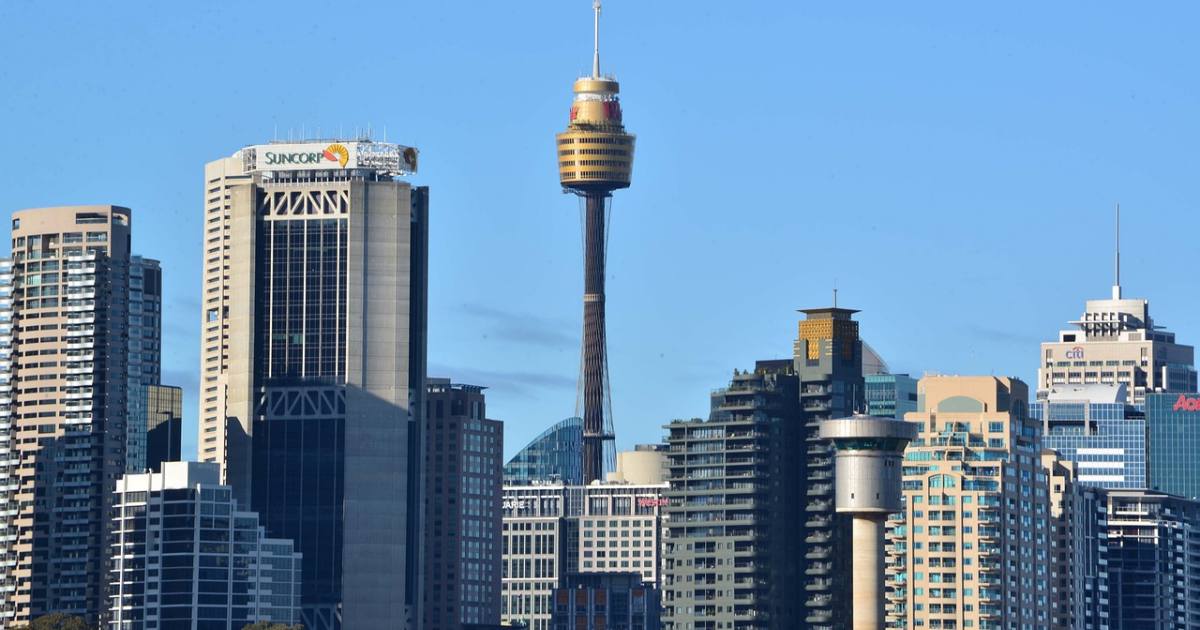New applications for several types of commercial developments will need to demonstrate net-zero energy use from 2026 in the City of Sydney local government area.
The City is pretty big on the whole emissions reduction thing, with a target of net-zero emissions across the LGA by 2035. With commercial office space, hotels and apartment buildings accounting for 68% of total emissions, developers are expected to do their bit – and will now be compelled to.
After four years in development, Councillors unanimously voted on Monday night to require developers to comply with minimum energy ratings from January 2023, and achieve net-zero energy use from 2026. This will apply to applications for new:
- Office buildings
- Hotels
- Shopping centres
.. and major redevelopments of the above. Multi-unit residential and mixed-use developments were also identified originally; but don’t appear to be included at this point.
“Working with our major developers and building owners to address the climate crisis could not be more important,” said Lord Mayor Clover Moore. “Not only will this program help us reach our target of net-zero emissions by 2035, it will provide energy savings of more than $1.3 billion for investors, businesses and occupants across Greater Sydney.”
Council sought feedback on the proposed planning controls for net zero energy development as they evolved, then tweaked the controls based on that feedback – which included input from developers.
Solar Panels To Proliferate In Sydney’s CBD?
In addition to developers increasingly procuring offsite renewable energy through Power Purchase Agreements and other mechanisms, perhaps we’ll see more solar panels appearing on buildings in the city in the not-too-distant future. There seems to be plenty of compatible rooftop space available to host them.
Back in 2018, a study by the Australian PV Institute (APVI) looked at how much solar electricity could be generated from rooftops of buildings in Australian capital CBDs.
For Sydney CBD, APVI estimated:
- 40% usable rooftop area
- 619 MW potential installed capacity
- 777 GWh of potential annual generation (22% of Sydney CBD’s requirements at the time).
Since that time, solar panel efficiencies have improved – so perhaps even more could be generated.
As Lord Mayor Moore mentioned, while emissions reduction is a focus for Council in this move, there are big savings to be had on energy costs for stakeholders. Offsite renewable energy procurement can often provide better pricing than conventional mains supply agreements. And these days – assuming a suitable rooftop – installing commercial solar is a no-brainer; with simple payback as little as a few years.
In the City of Sydney LGA, an estimated 22.4MW of PV capacity had been installed as at June 30, 2022 (Source: APVI), comprised of:
- Under 10kW capacity: 6,788 kW (installations: 1,751)
- 10-100kW capacity: 11,823 kW (installations: 347)
- Over 100kW capacity: 3,782 kW (installations: 11)
City of Sydney has already walked the talk on renewables, installing solar power systems on dozens of its assets and inking a deal back in 2019 that resulted in all Council’s electricity being supplied from wind and solar energy sources from July 2020.
Council says the performance standards developed and evidence base it has collated could be used by all councils across Greater Sydney.


 RSS - Posts
RSS - Posts



It’s City of Sydney so perhaps there may be no houses in the ‘shire’ just apartment buildings, but why isn’t residential construction required to meet minimum energy ratings?
For all that I’m one of the few climate skeptics here, isn’t higher building standards a win for everyone regardless of what may or may not happen with the climate?
Or is it that developers don’t want higher building costs, money talks, and government just walks when encouraged to offend their oh so generous benefactors?